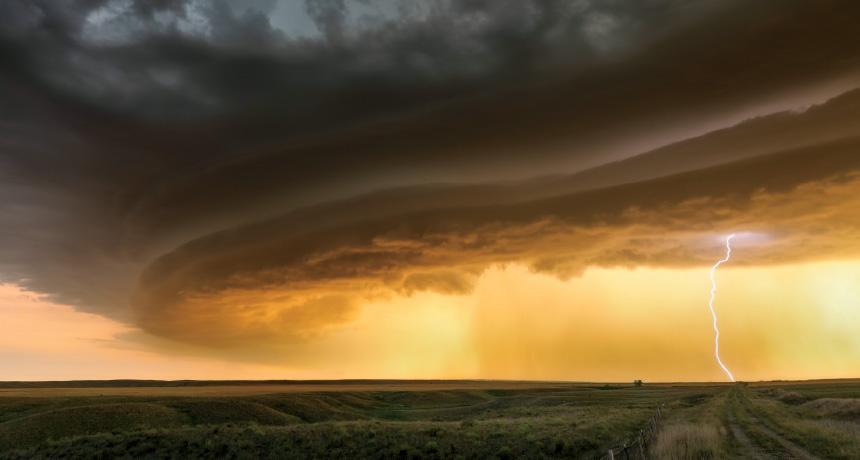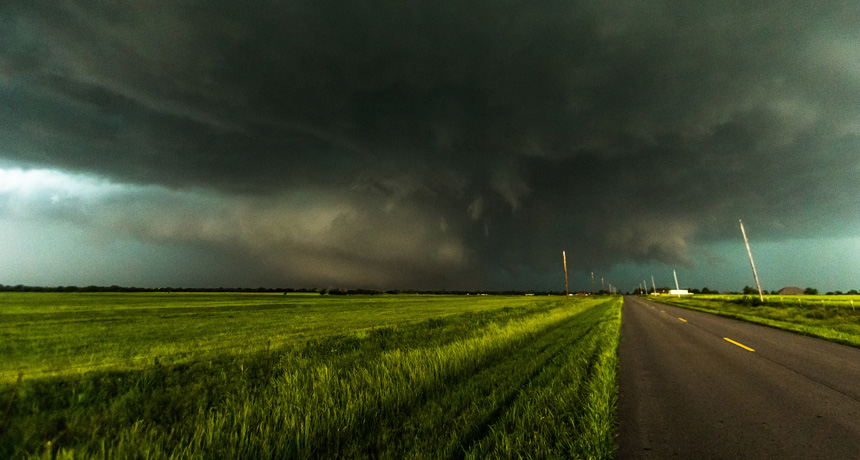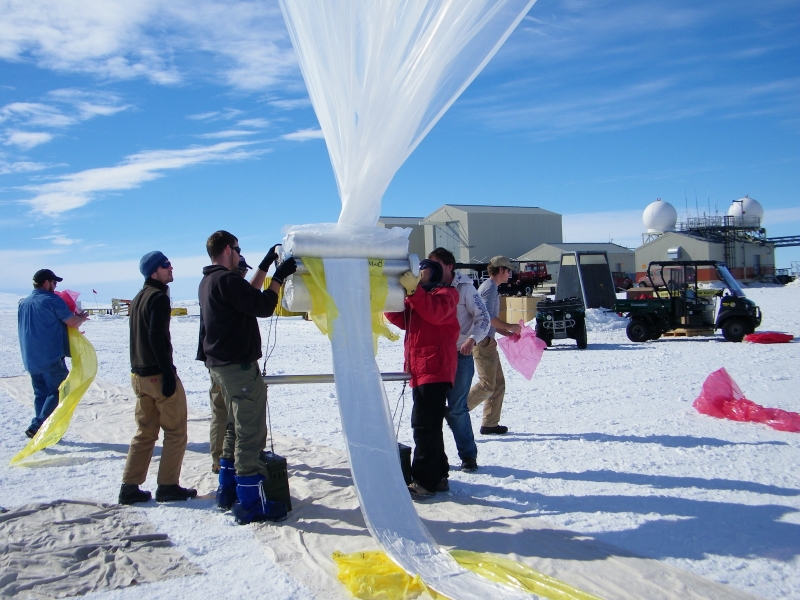
The Future of Forecasting
Science News, April 2015By incorporating clever computing, statistical wizardry and even smartphones, future forecasts may offer personalized predictions for areas as narrow as 10 Manhattan city blocks over timescales of just a few minutes. The work could one day provide earlier warnings for potentially deadly storms and even resolve personal conundrums such as whether to grab an umbrella for a run to the coffee shop or to wait a few minutes because the rain will soon let up.
Feature article on how new technology is driving weather forecasting into the small scale and the near future. Research projects covered include new supercomputers boosted by video game console components, crowdsourcing weather data from smartphones and a system that promises tornado warnings an hour or more in advance of a twister touchdown. Story accompanied by an online sidebar on why earlier tornado warnings could cause people to make unsafe decisions. Published in both online and print editions (cover story of issue).





